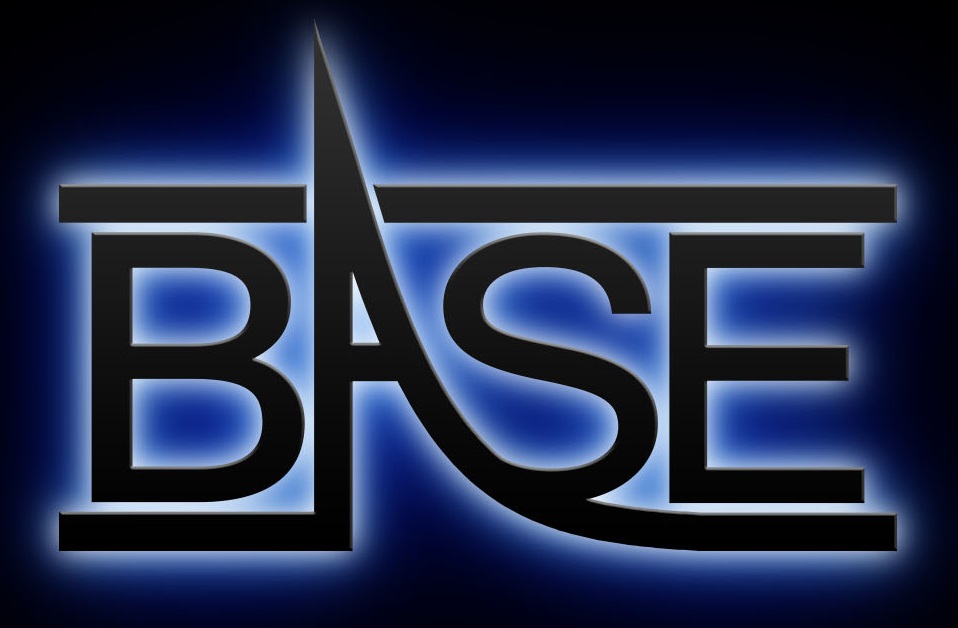In a paper published today in Nature, we report on the most precise comparison between a fundamental property of protons and antiprotons. Analysing a total of about 24000 proton and antiproton cyclotron frequency measurements, taken over the course of one year and half, we found that the charge-to-mass ratios of protons and antiprotons are identical to within a record experimental uncertainty of 16 parts per trillion, see Fig. 1. This measurement constitutes the most precise test of the fundamental charge, parity, time reversal invariance, which is at the level of known fundamental physics the only combination of discrete symmetry transformations that is observed as an exact symmetry of nature. The detection of a mass difference between matter/antimatter conjugates would imply higher-dimension physics with non-local character. Our result for the ratio of antiproton to proton charge-to-mass ratios
R=1.000 000 000 003 (16)
means that at the level of an energy resolution of 2x10-27 GeV we do not detect any indication of such type of physics beyond the Standard Model, which would violate fundamental principles, such as microcausality and Lorentz invariance. The experimental detection of such a difference could also shed light on why the universe is made up almost entirely of matter, even though to our current best knowledge equal amounts of matter and antimatter should have been created in the Big Bang. The detected differences between matter and antimatter particles that are consistent with the Standard Model are by many orders of magnitude insufficient to explain this observed cosmic imbalance.
Figure 1: Elements of the proton/antiproton Q/M ratio comparison. Distribution of measured data points projected to one sidereal year.
Our measurements are based on the operation of an advanced cryogenic Penning trap system in which we confine antiprotons and negatively charged hydrogen ions as proxies for protons. A particle in such a trap follows a cyclical trajectory with a frequency, close to the cyclotron frequency, that scales with the trap’s magnetic-field strength and the particle's charge-to-mass ratio. Alternately feeding antiprotons and negatively charged hydrogen ions into the measurement Penning trap, we measured, under the same conditions, the cyclotron frequencies of these two kinds of particles and obtained the above result. In addition to comparing fundamental properties of protons and antiprotons with unprecedented precision, we have interpreted our measurements in a way that allows us to place stringent limits on the weak equivalence principle for matter and antimatter clocks. According to this principle, different bodies in the same gravitational field experience the same acceleration. Because our experiment is placed on the surface of the Earth, the proton and antiproton cyclotron-frequency measurements were made in the gravitational field on Earth’s surface. Sampling the varying gravitational field in our laboratory as the planet orbits around the Sun, if matter and antimatter would react differently to gravity, we should observe time dependent signatures in the measured proton/antiproton cyclotron-frequency ratios. Within a measurement uncertainty at a level of three parts in 100 we did not find such oscillating signatures. This study constitutes the first differential test of the weak equivalence principle for baryonic matter/antimatter clocks, the result indicates, within the achieved experimental resolution, that matter and antimatter clocks behave similar under gravity.
